Not only the tomb of King Le Tuc Tong
Associate Professor Dr. Bui Van Liem, Vice President of the Vietnam Archaeological Association, did not dare to confirm the specific value of the objects in the tomb of King Le Tuc Tong that was recently robbed. "King Le Tuc Tong died early, so it is impossible to confirm whether there are many or few valuable objects. People with high social status often have valuable artifacts, which can be made of precious metals or precious burial objects. But archaeology has not yet excavated, so it is not possible to answer whether there are many or few or to what extent they are valuable," said Associate Professor Dr. Bui Van Liem.
National treasure Kneeling lamp , found in a Han tomb that had not been dug up by thieves
PHOTO: TL
Before King Le Tuc Tong's tomb was robbed in early May, there had been many cases of tomb robbery. In early January 2025, Truong Thai tomb of Lord Nguyen Phuc Khoat in Hue City showed signs of being dug up. Previously, this tomb had also been dug up during the war to find valuables. The tomb of Queen Mother Tu Du was robbed in the 1980s. Vinh Thai tomb, where Lord Nguyen Phuc Khoat's wife's tomb was buried, was robbed in 1990...
The Vuon Chuoi relic site ( Hanoi ) with a collection of ancient tombs was also robbed during the period 2010 - 2020. These tombs were searched for by thieves using metal detectors to find traces and dig up burial objects. This important archaeological site has many cultural layers, from late Phung Nguyen to post-Dong Son. "Early tombs such as Dong Son tombs are also often searched using metal detectors," said Associate Professor, Dr. Bui Van Liem.
King Le Tuc Tong's tomb was violated by thieves
PHOTO: HAI NGUYEN
Associate Professor, Dr. Bui Van Liem shared that normally, royal tombs such as those in Hoa Lu, Lam Kinh, Hanoi are well protected and theft rarely occurs. Boat tombs are also often kept intact and are rarely robbed.
However, Han tombs are often robbed, in Bac Ninh , Hai Phong... "Depending on the tomb, some tombs are dug up again and again, people dig once but do not get all the tombs, the second time they collect more...", Associate Professor, Dr. Liem said.
Deputy Minister of Culture, Sports and Tourism Hoang Dao Cuong signed Official Dispatch 2096 to the People's Committee of Thanh Hoa province. In addition to requesting an assessment of the damage caused by the theft of King Le Tuc Tong's tomb, the Ministry requested to strengthen measures to ensure security and safety for relics and antiquities. The document also requested to mobilize people to cooperate in detecting and handling violations.
Thanh Hoa Provincial People's Committee has also issued a document directing agencies, units, and local authorities throughout the province to strictly implement the protection of cultural relics, especially the tombs of kings and lords after the tomb of King Le Tuc Tong was violated.
"Legend" of Han tomb
Among ancient tombs, Associate Professor, Dr. Bui Van Liem said: "Han tombs are most often robbed because they often contain ceramic artifacts, incense burners, bowls, plates, and precious objects."
The group of tomb robbers used detectors and dug at the tomb of King Le Tuc Tong.
PHOTO: HAI NGUYEN
In his book The Secret of the Kneeling Lamp , Swedish archaeologist Olov Janse shared about getting lost in Lach Truong, Thanh Hoa one evening in 1935. At that time, he had in his hands a Song Dynasty porcelain household item and wanted to go there to find more information. Finally, he reached the area where the artifact was found. "We discovered the location where part of the artifact was found, a Song Dynasty tomb. However, a test excavation showed that the field had been ransacked by artifact thieves. There was nothing major worthy of archaeological interest. We left disappointed," he wrote in his archaeological diary.
However, other mounds on the lost path lured Olov Janse back. He immediately identified them as Han tombs. After negotiating with the landowner to excavate the first two tombs, the looters were quicker than the archaeologists. In return, the third tomb remained untouched. His book states that during the shallow excavation, they discovered a large number of intact, mostly white, glazed ceramic bowls that had been fired. They were all Chinese-made.
The most notable item in the tomb is a bronze lamp in the shape of a kneeling man. The lamp was later recognized as a national treasure in the first round of examination in 2012. The treasure file said that although the man is kneeling, he is not a low-ranking person, but a count or a saint. The S-shaped branches of the lamp are very naturalistic. This is reminiscent of the ancient Greek god of death and life, who was often depicted with branches stuck behind his back.
According to Associate Professor, Dr. Bui Van Liem, when archaeologists excavated, many Han tombs only had the structure of the front, middle, and back chambers of the tombs. However, these architectural vestiges can also be priceless gifts.
One of those cases is the "Ho Cua" tomb in Quang Ninh. Information from the Southeast Asian Prehistory Center said that the top of this tomb was discovered around 1978, during the process of building houses and roads. Then, in 2002, when leveling the yard, workers discovered two brick tombs. The tomb was then excavated. A Chinese burial expert, Dr. Yang Yong, when visiting the tomb also confirmed that this was a rare tomb with nearly 100 different brick patterned stencils. The bricks in the tomb have deep imprints, many of which have strange characters, making the tomb even more interesting.
PENALTY FRAMEWORK FOR CRIME OF TOMB VIOLATION
According to the Penal Code, there are currently two penalty levels for grave violation. Level 1, non-custodial reform for up to 2 years or imprisonment from 3 months to 2 years if there is an act of digging, destroying graves, appropriating objects placed in graves, on graves or other acts of grave violation.
Frame 2, imprisonment from 2 to 7 years if committing one of the following crimes: affecting security, order, and social safety; appropriating or destroying objects of historical and cultural value...
Source: https://thanhnien.vn/mo-co-bi-xam-hai-hien-vat-quy-that-thoat-185250519233847405.htm



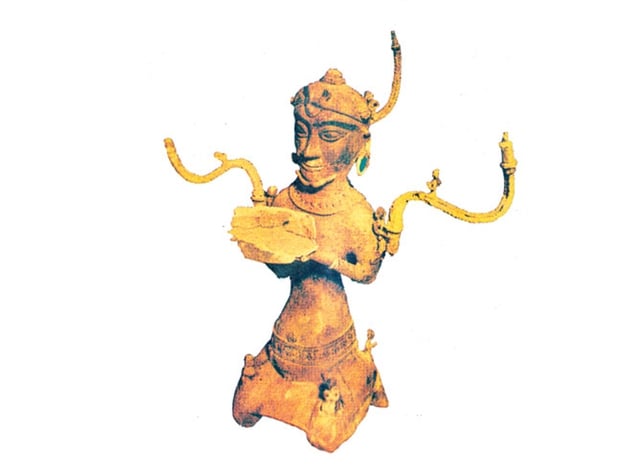

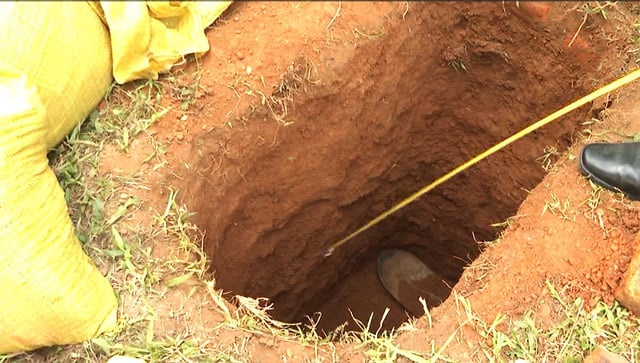
![[Photo] The first meeting of the Cooperation Committee between the National Assembly of Vietnam and the National People's Congress of China](https://vphoto.vietnam.vn/thumb/1200x675/vietnam/resource/IMAGE/2025/8/31/f5ed4def2e8f48e1a69b31464d355e12)
![[Photo] General Secretary To Lam presides over the welcoming ceremony for First Secretary and President of Cuba Miguel Diaz-Canel Bermudez](https://vphoto.vietnam.vn/thumb/1200x675/vietnam/resource/IMAGE/2025/9/1/4f6ef5136b90463db3ebdd3d3d83ebe4)
![[Photo] General Secretary To Lam holds talks with First Secretary and President of the Republic of Cuba Miguel Diaz-Canel Bermudez](https://vphoto.vietnam.vn/thumb/1200x675/vietnam/resource/IMAGE/2025/9/1/a2eab2ee4e4a4a81a8c605e46055ab78)

![[Photo] President Luong Cuong receives Chairman of the House of Representatives (Lower House) of the Republic of Belarus Igor Sergeyenko](https://vphoto.vietnam.vn/thumb/1200x675/vietnam/resource/IMAGE/2025/9/1/a67d61e41405410999a43db45a0ba29c)
![[Photo] Chairman of the National People's Congress of China Zhao Leji visits the Ho Chi Minh Mausoleum](https://vphoto.vietnam.vn/thumb/1200x675/vietnam/resource/IMAGE/2025/9/1/45b2a2744fa84d27a59515b2fe53b42a)

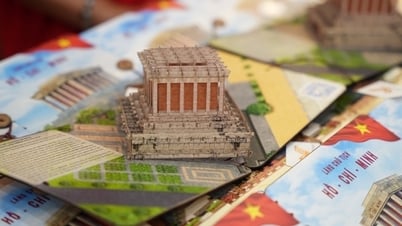

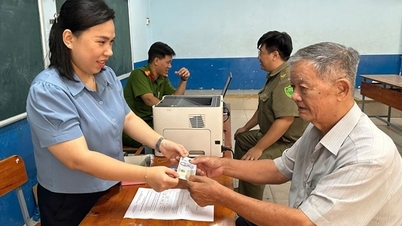
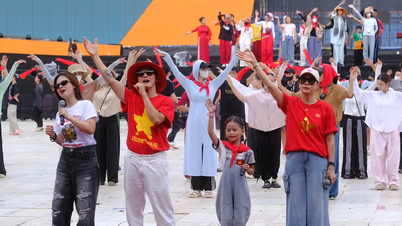

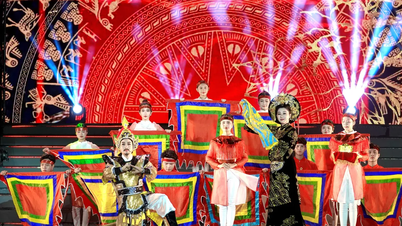
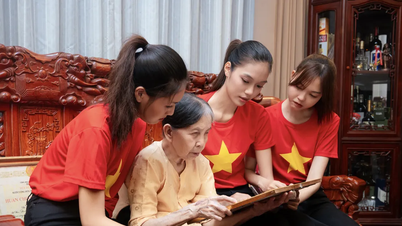




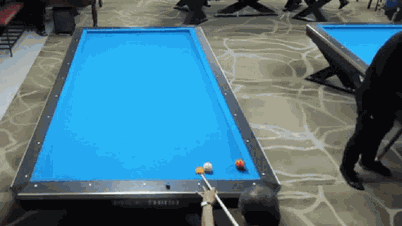

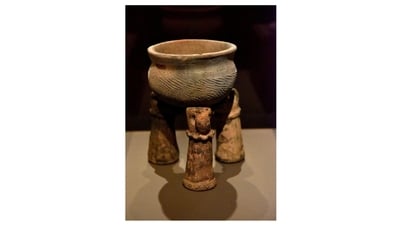



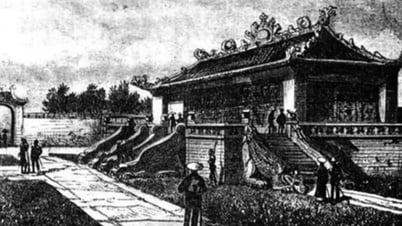
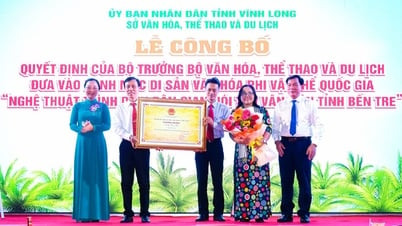

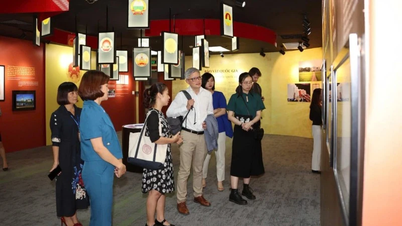


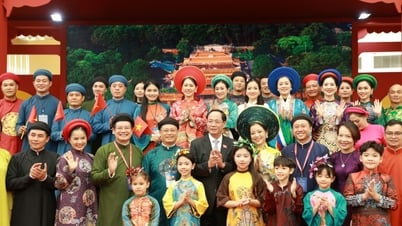



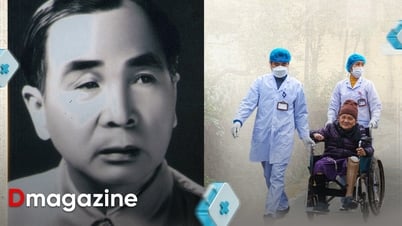

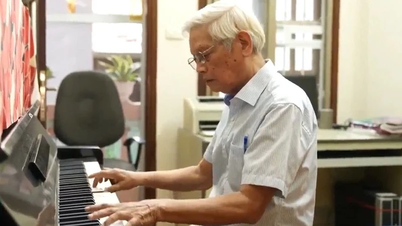
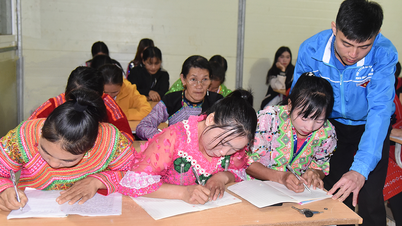



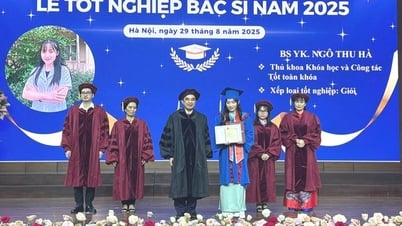







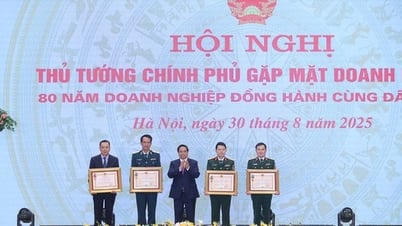
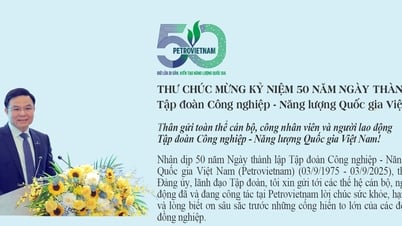
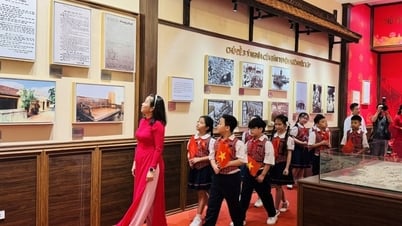
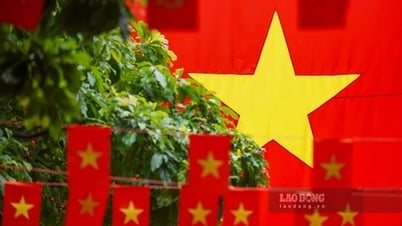



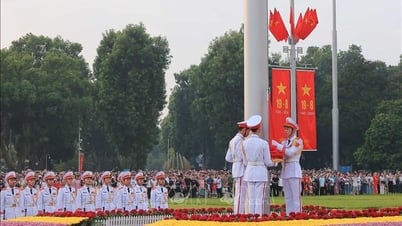






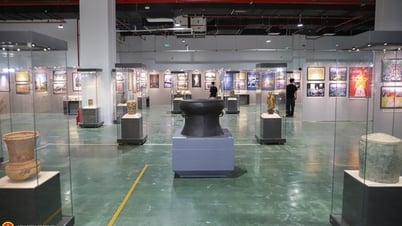

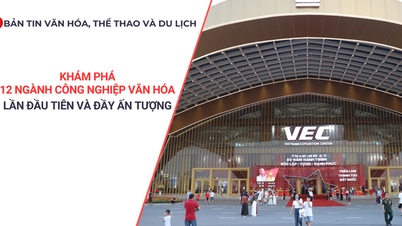








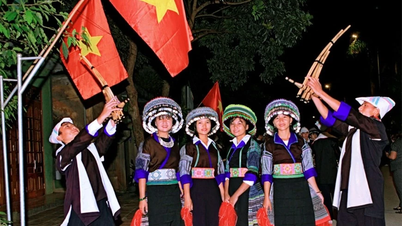

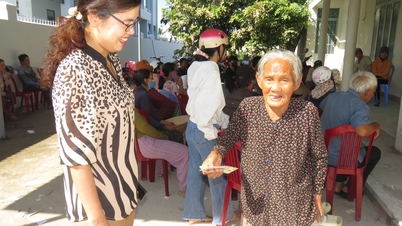

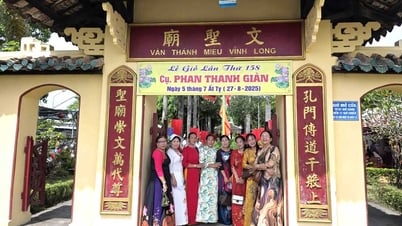

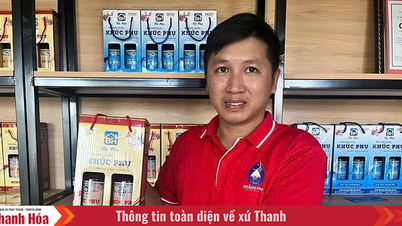



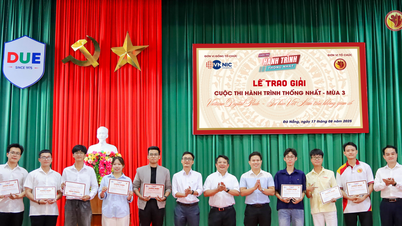

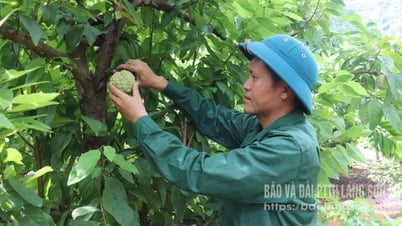

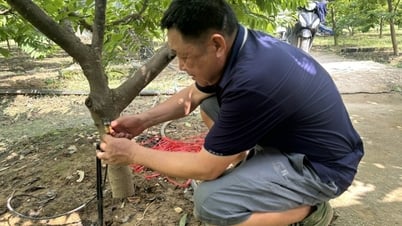
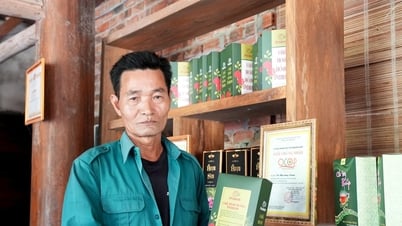

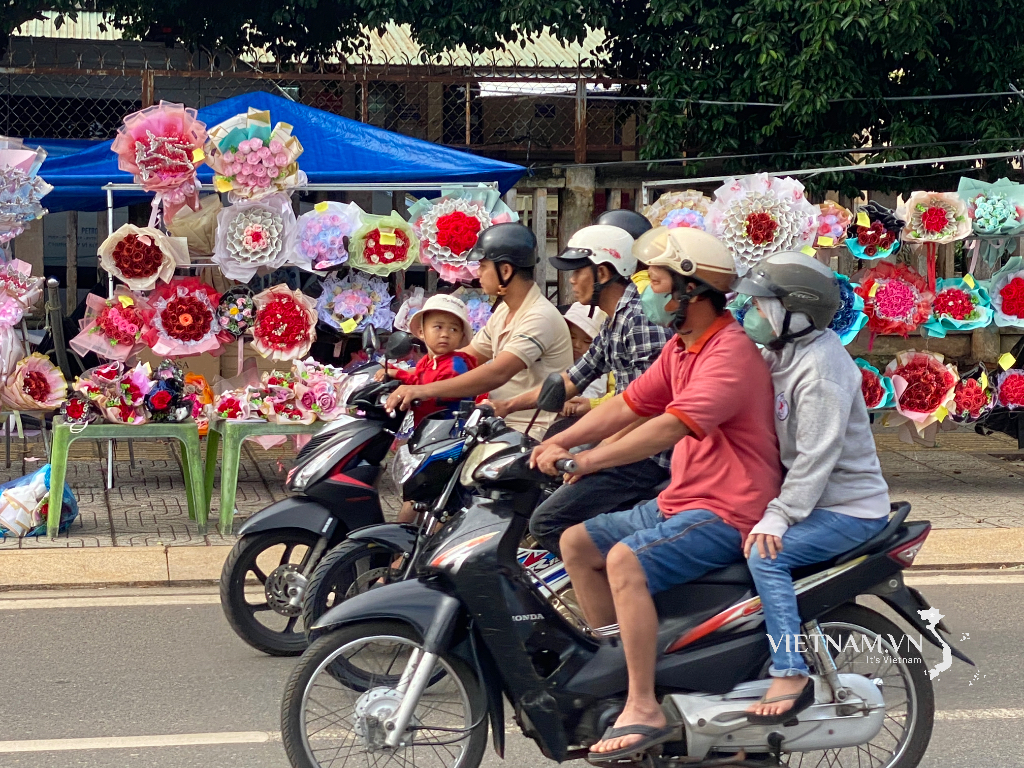


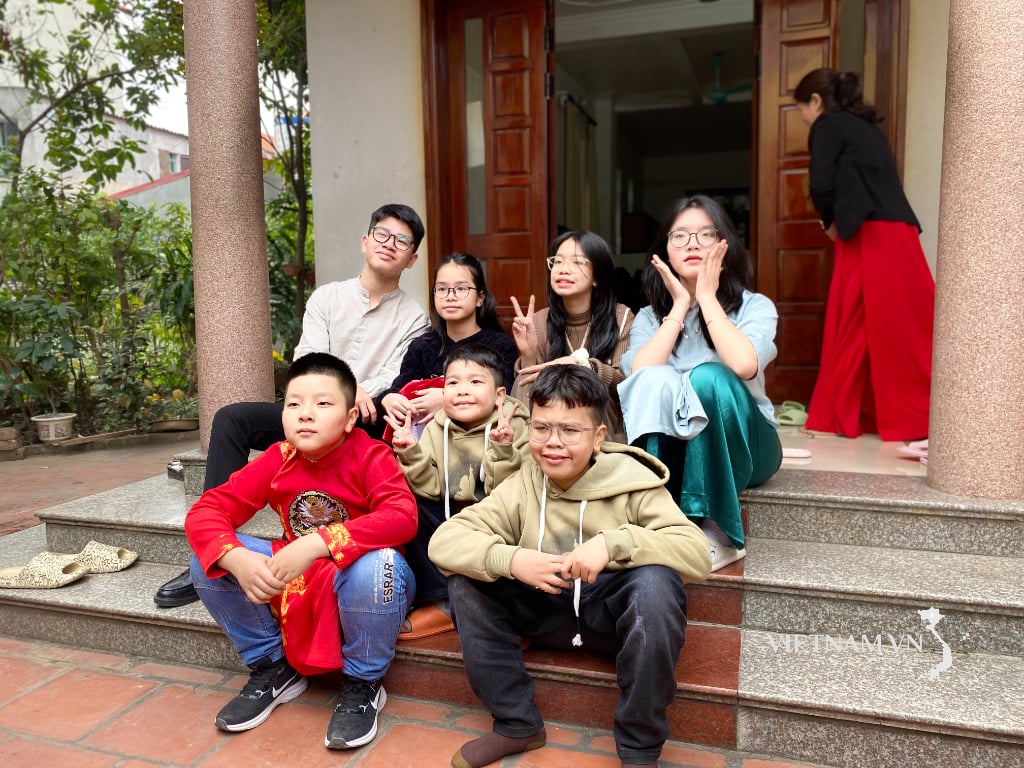
Comment (0)